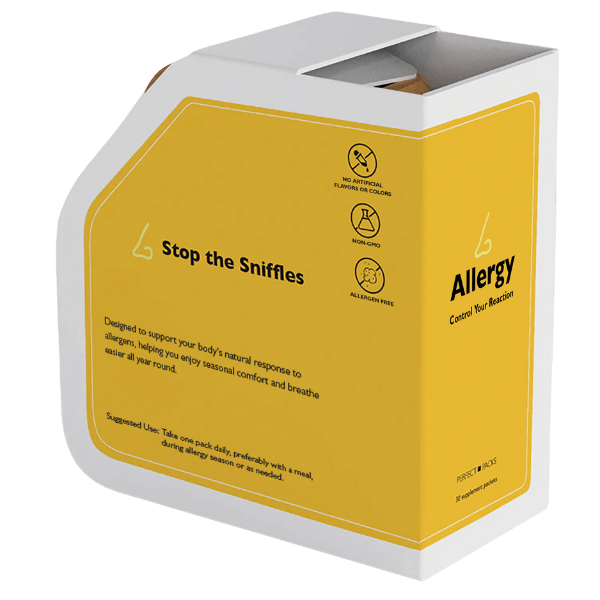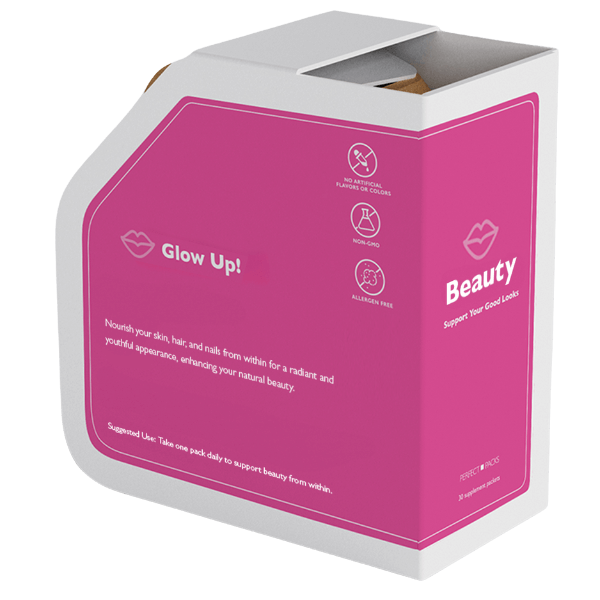Efudex is primarily indicated for treating actinic keratoses, a skin condition caused by long-term exposure to ultraviolet radiation. Actinic keratoses typically appear as rough, scaly patches on sun-exposed areas of the body such as the face, scalp, and arms. These patches may remain flat or become raised and are considered pre-cancerous, with the potential to progress to squamous cell carcinoma if left untreated.
In addition to pre-cancerous lesions, Efudex is also used to manage certain types of superficial basal cell carcinoma, a common form of skin cancer that often occurs on areas of the body exposed to the sun. These lesions tend to grow slowly and may present as open sores, red patches, or shiny bumps. By targeting the abnormal cells at a molecular level, Efudex aids in their removal and encourages the replacement of damaged tissue with normal skin.
Because Efudex acts on the DNA of rapidly dividing cells, it is highly selective in targeting skin areas where abnormal cell growth is present. The medication is commonly used in dermatologic treatment plans as a non-surgical approach for managing early-stage skin abnormalities. Its use helps reduce the burden of visible and microscopic lesions that may not yet be apparent but are developing beneath the skin’s surface.
This treatment is not recommended for pediatric use. Patients with some metabolic conditions may be at increased risk for adverse responses and are typically evaluated before treatment is initiated.
Caution
Women who are pregnant or breastfeeding are advised to avoid the medication due to the potential risk of harm to the fetus or nursing infant. If pregnancy occurs while using Efudex, consult with a healthcare provider immediately.
Dosage
Efudex Cream 5% is typically applied externally to affected skin once or twice daily for 3 to 4 weeks. Treatment should be limited to areas no larger than about 23 x 23 cm (9 x 9 inches) per session. A thin layer of cream is spread across the damaged skin using clean hands, and hands should be washed thoroughly afterward unless they are the treated area. Avoid covering treated areas with tight bandages or dressings, as this can increase skin irritation.
If a dose is missed, the cream should be applied as soon as remembered unless it is near the time for the next scheduled dose. In that case, skip the missed application and continue as normal. Do not apply extra amounts to compensate.
If accidental ingestion occurs or the cream gets into the eyes or mouth, rinse the area immediately and seek medical attention.
Storage
Store Efudix Cream at temperatures below 30 °C / 80 °F. Keep the tube tightly closed and protected from heat and light. Use the cream within three months of opening; record the opening date on the package.















